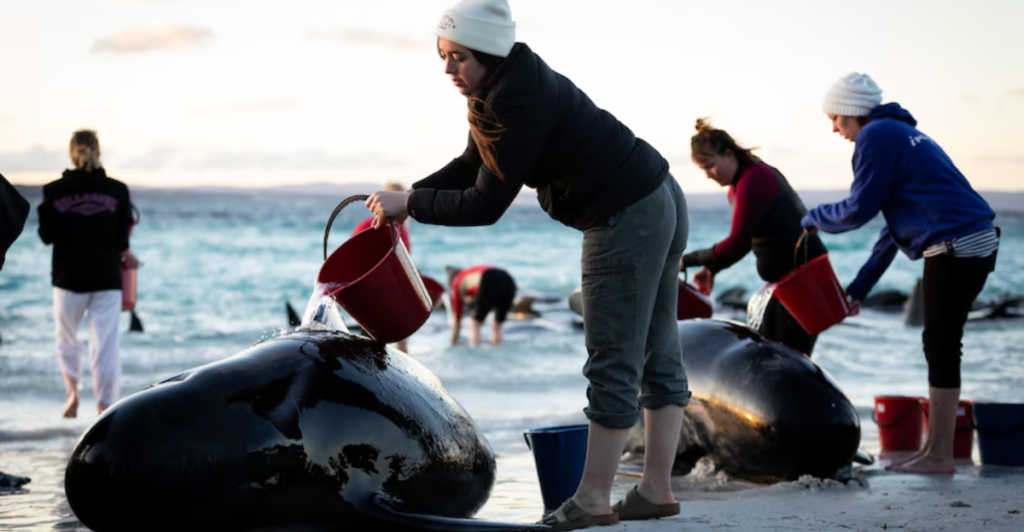
Network news is crumbling, leaving a void in investigative journalism. But it’s not just politics and world affairs that suffer—animals are among the biggest casualties. Once a powerful force in exposing cruelty and driving change, traditional media’s decline threatens to silence critical voices. Without in-depth reporting, who will hold corporations, governments, and industries accountable for their treatment of animals?
The Death Spiral of Network News
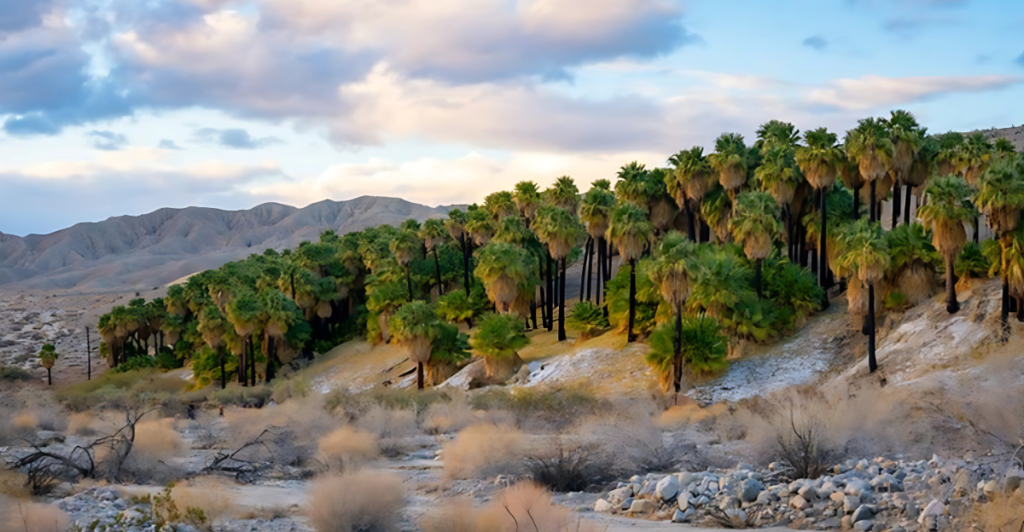
CNN and MSNBC have lost nearly half their audiences since the 2024 election as viewers lose trust in corporate media. While partisanship keeps some outlets afloat, traditional journalism is fading fast. Without reliable reporting, crucial issues—like animal cruelty, habitat destruction, and biodiversity loss—are overlooked. When the news stops covering these stories, public awareness shrinks, and advocacy efforts suffer.
Billionaires Now Control the Narrative

Journalism is increasingly owned by billionaires with political and business interests. The Washington Post’s leadership controversy under Jeff Bezos and Elon Musk’s media ambitions highlight a chilling trend: when the wealthy control information, inconvenient truths—like factory farming’s impact or illegal wildlife trade—are buried. With media consolidation, who ensures animal welfare issues aren’t quietly erased from public discourse?
Social Media’s Broken Advocacy Model

With network news in decline, many hoped social media would fill the gap. Instead, it’s turned animal welfare into clickbait. Viral cruelty videos—showing suffering animals for shock value—get billions of views, while real advocacy struggles to compete. Outrage fuels engagement but does little to help animals. In a digital world ruled by algorithms, compassion is losing to exploitation.
The Shift from Journalism to Outrage Entertainment

Traditional news once drove real change, exposing abuses in factory farms, illegal poaching, and habitat destruction. Now, much of the media landscape thrives on anger, not information. Sensationalism sells, but serious reporting—on issues like biodiversity collapse—gets lost. Without investigative journalism, corporations and industries face less scrutiny, making it easier to exploit animals for profit.
Biodiversity Loss: The Story No One’s Covering
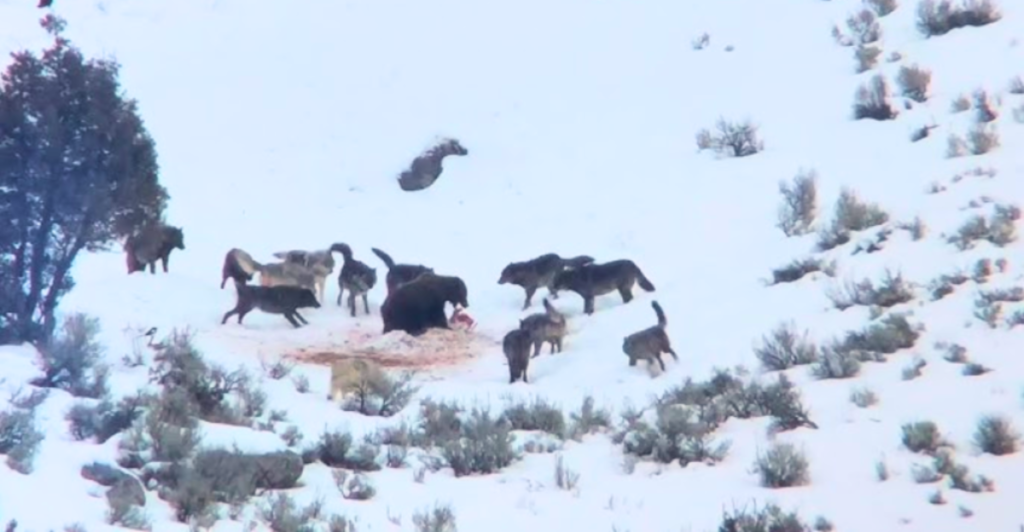
Wildlife populations have plummeted by 73% since 1970, with freshwater species declining by 85%. These staggering losses should be headline news, yet they rarely make the front page. Without media coverage, conservation efforts struggle to gain support. If newsrooms continue shrinking, who will sound the alarm before entire species vanish?
The Rise of Fake Advocacy and Social Media Exploitation

Social media has warped animal advocacy into a spectacle. Fake rescue videos, where animals are deliberately placed in danger for views, rake in millions. Meanwhile, legitimate NGOs fighting deforestation and illegal wildlife trade struggle to be heard. The result? A media landscape where suffering is monetized and real activism is drowned out by viral gimmicks.
When News Disappears, So Does Accountability
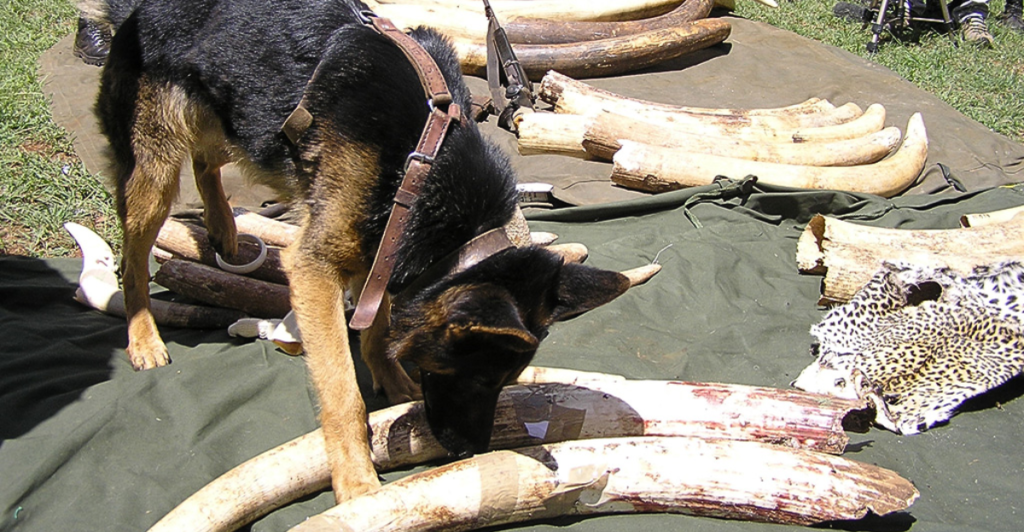
Undercover investigations have led to major legal victories for animals—exposing puppy mills, factory farm abuses, and illegal wildlife trafficking. But these reports require serious journalism, and as newsrooms vanish, fewer of these stories are told. Without exposure, industries that profit from animal suffering operate unchecked. Silence, in this case, is deadly.
Corporate Media’s Cozy Relationship with Big Agriculture
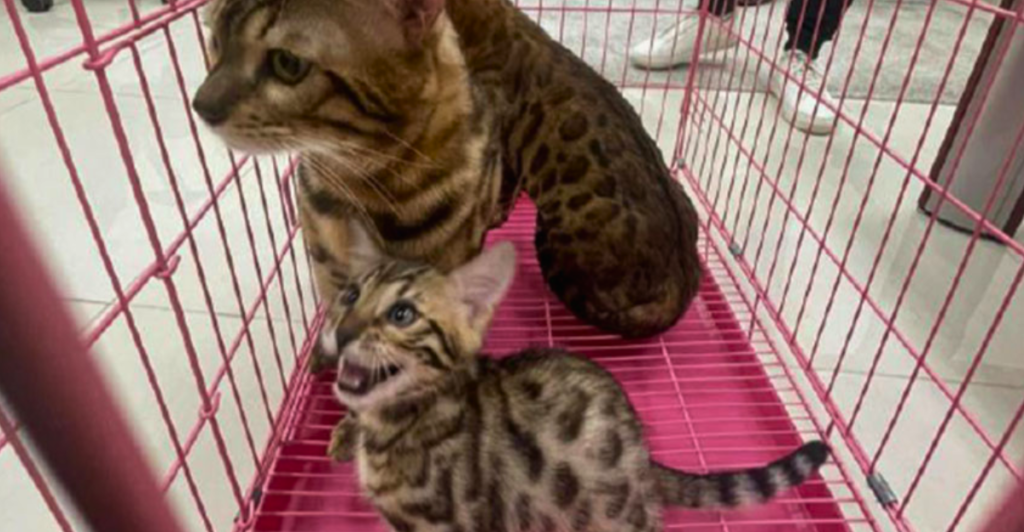
Many major media outlets receive advertising dollars from fast-food giants and agribusinesses. These industries depend on factory farming—one of the biggest sources of animal cruelty on the planet. Investigative stories on animal agriculture’s dark side are quietly deprioritized, protecting profits while keeping the public uninformed. With fewer independent news sources, who will challenge these industries?
The Algorithmic Suppression of Animal Advocacy

Social media platforms decide what stories you see, and activism isn’t profitable. Reports on deforestation, animal testing, and illegal poaching are buried beneath influencer drama and corporate-sponsored content. Even when these stories break through, they’re often flagged as “disturbing,” limiting their reach. Meanwhile, industries harming animals continue business as usual, largely unnoticed.
Will AI-Generated News Erase Conservation Stories?

As AI-generated content floods the internet, it threatens to replace real journalism. AI doesn’t investigate, expose, or challenge power—it simply recycles existing narratives. If animal welfare reporting becomes automated, critical stories will be lost. The fight for animals requires human journalists, not machines programmed to ignore uncomfortable truths.
What Happens Next? The Fight for Truth
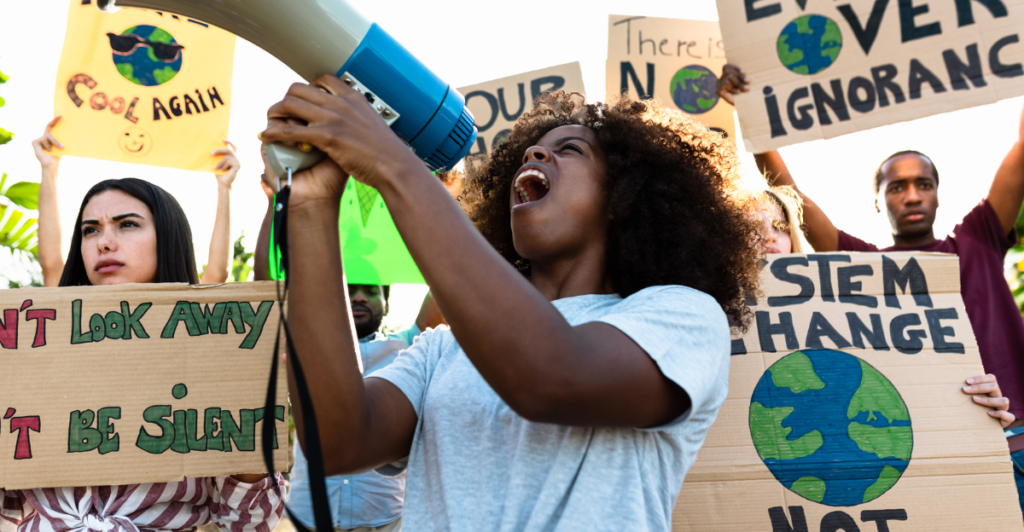
The collapse of network news leaves a dangerous gap—but it’s not too late to act. Independent journalism, nonprofit media, and grassroots activism must step up. Supporting investigative outlets, funding independent reporting, and challenging social media’s exploitative algorithms are the first steps. If we don’t reclaim the narrative, the loudest voices won’t be those fighting for animals—but those profiting from their silence.
The High Cost of Silence
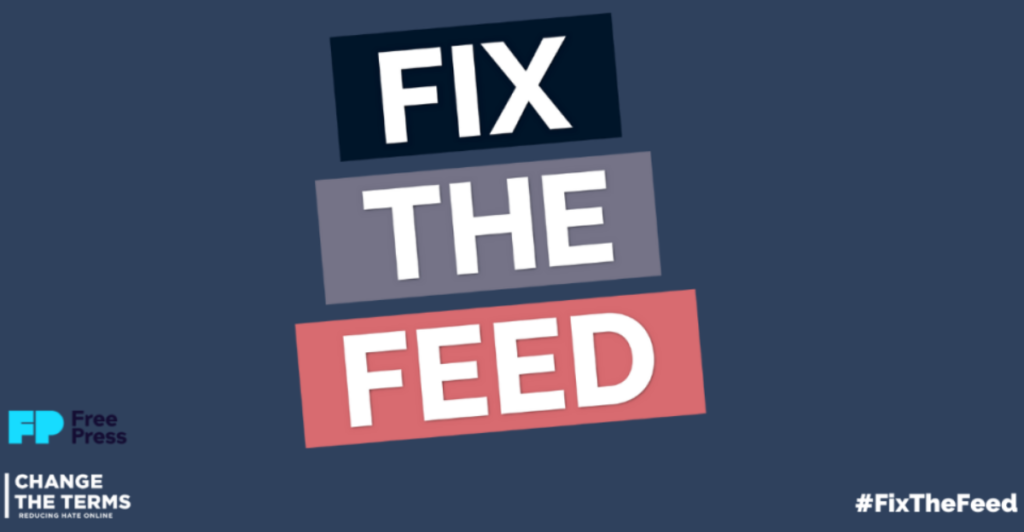
When journalism fails, animals pay the price. Without coverage, cruelty goes unnoticed, conservation loses funding, and industries operate without accountability. The collapse of network news isn’t just a media crisis—it’s an animal welfare crisis. If we allow investigative journalism to die, we also let the loudest voice for animals disappear. The question is: will we fight to keep it alive.
Explore more of our trending stories and hit Follow to keep them coming to your feed!

Don’t miss out on more stories like this! Hit the Follow button at the top of this article to stay updated with the latest news. Share your thoughts in the comments—we’d love to hear from you!







